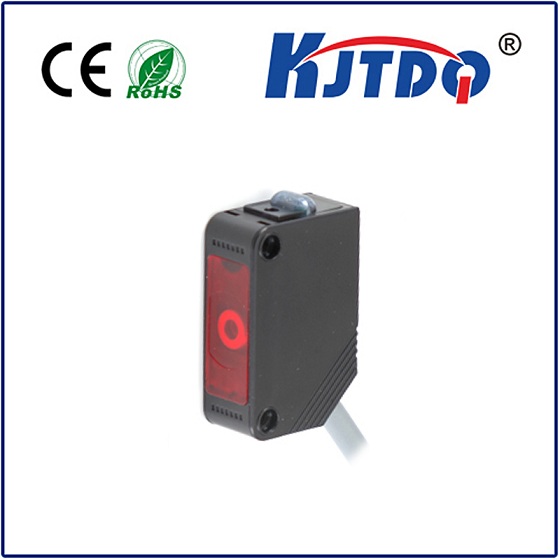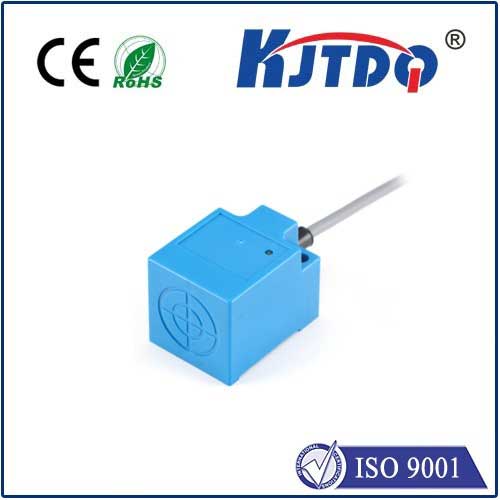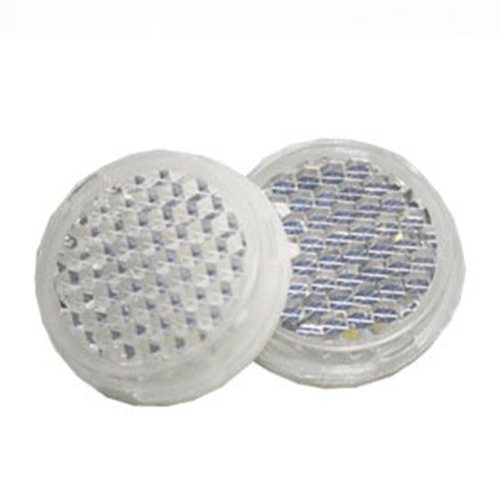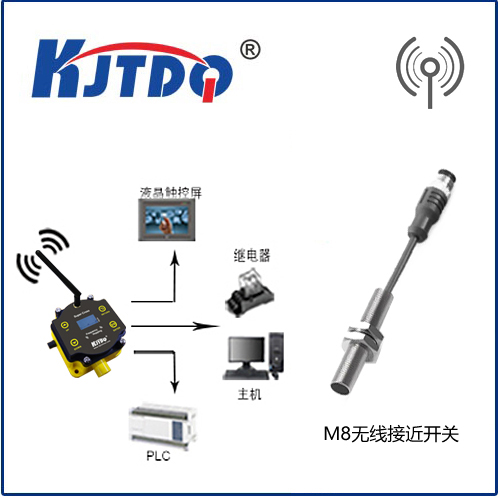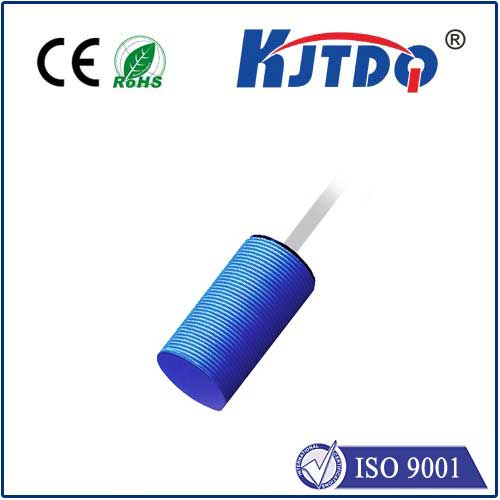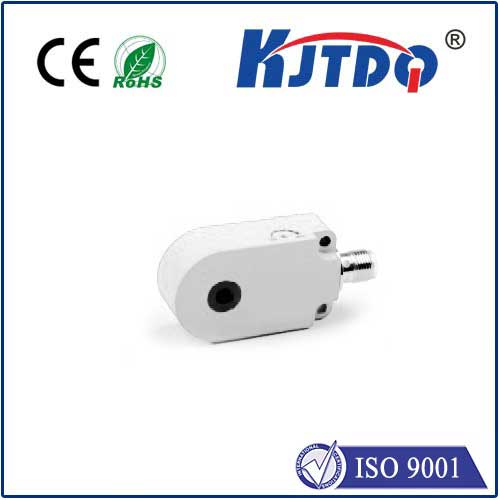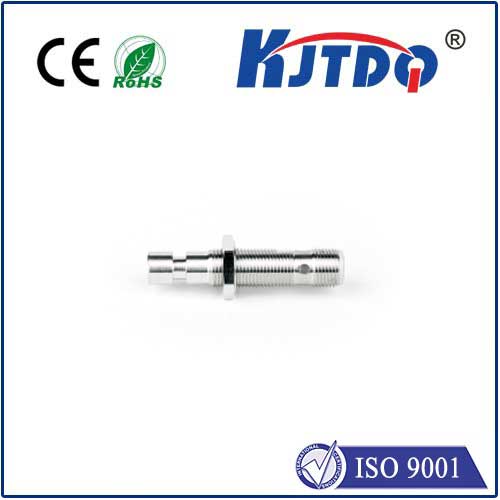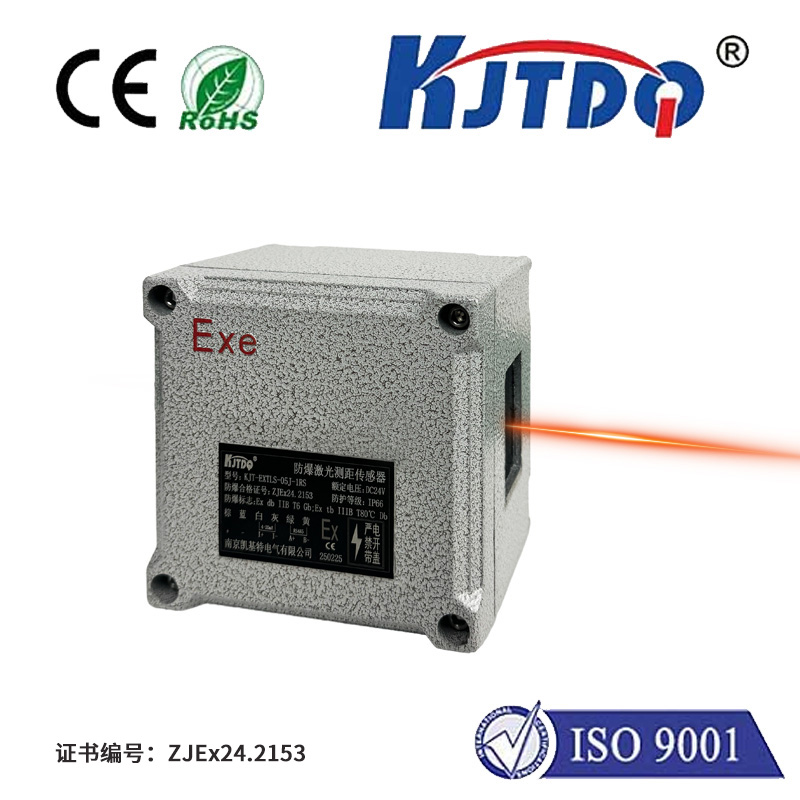

check

check

check

check

check

check

check

check

check

check

Title: “Unleashing the Potential of IR Laser Sensors in Modern Technology” Introduction: In the realm of advanced technology, Infrared (IR) Laser Sensors stand as a testament to human ingenuity and our relentless pursuit of innovation. These sophisticated devices have transcended their humble origins to become indispensable tools across multiple industries. This article aims to shed light on the significance of IR Laser Sensors, their applications, and the future prospects that lie ahead for this cutting-edge technology. Understanding IR Laser Sensors: At their core, IR Laser Sensors are designed to detect the presence of objects without any physical contact. They function by emitting an invisible infrared laser light towards a target. When this beam strikes an object, it gets reflected back to the sensor. The sensor then measures the time it took for the light to reflect back, which helps determine the distance to the object with high precision. Applications Across Industries: The versatility of IR Laser Sensors has led to their adoption in various sectors, redefining processes and enhancing efficiency:
